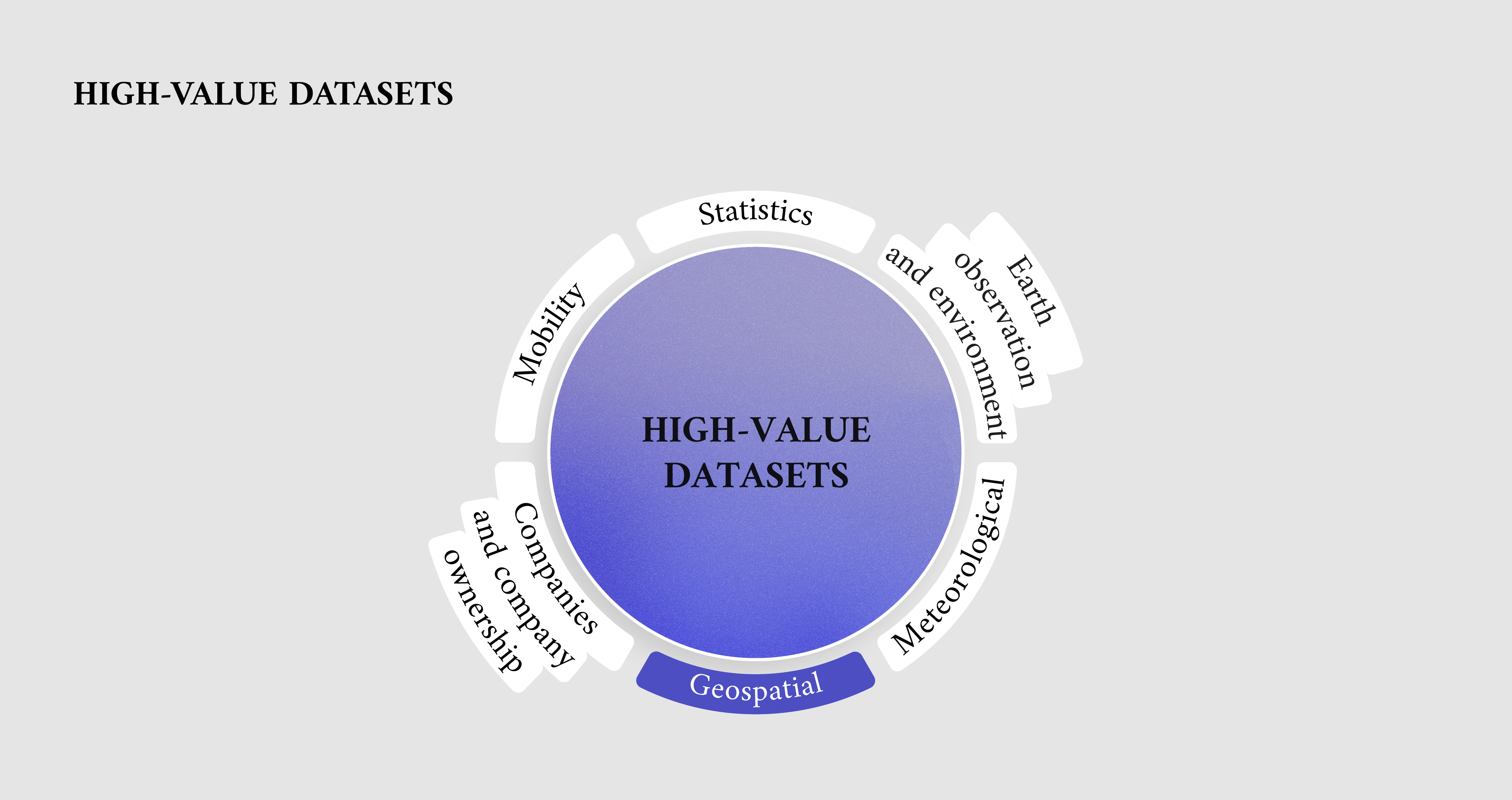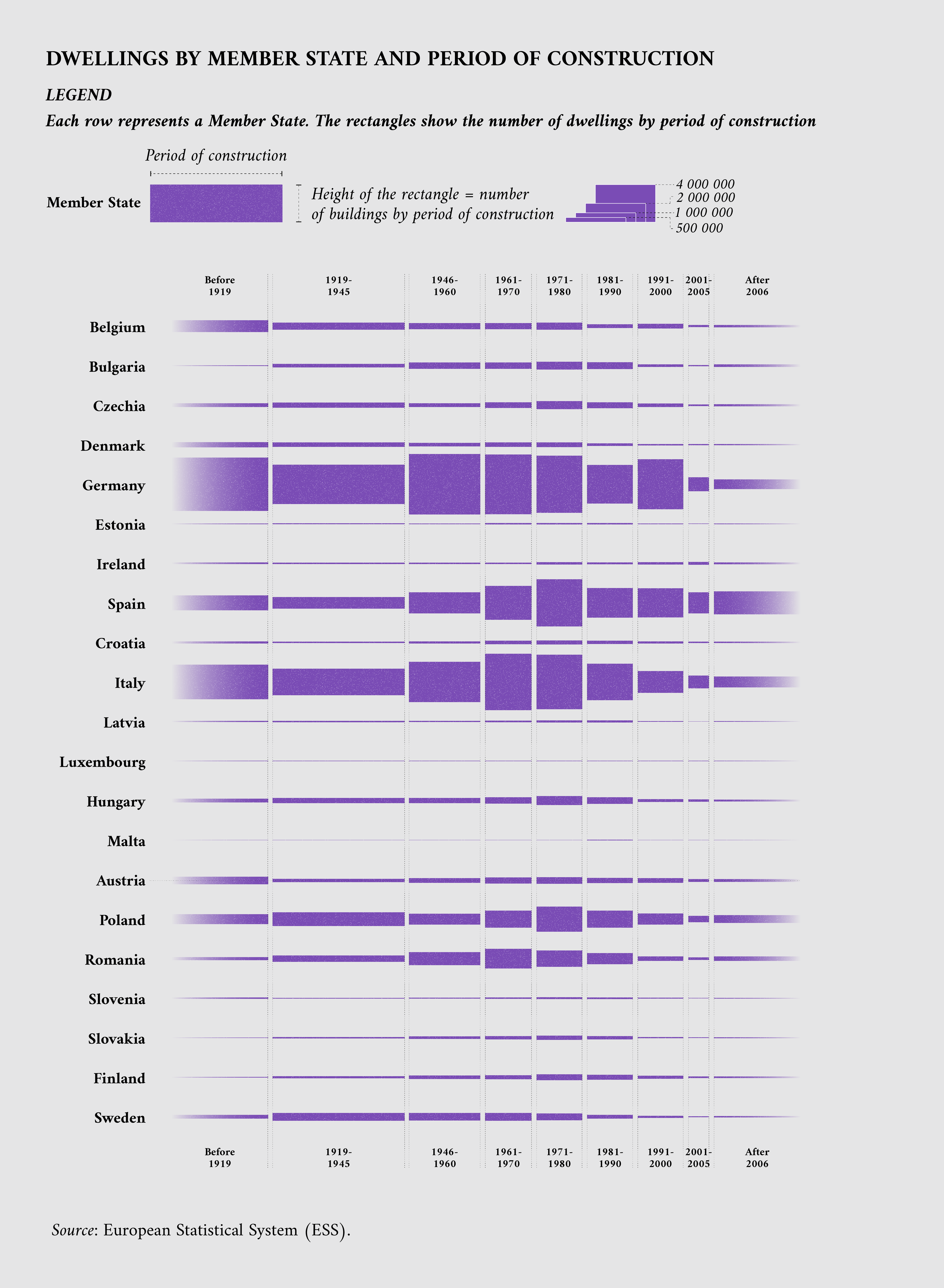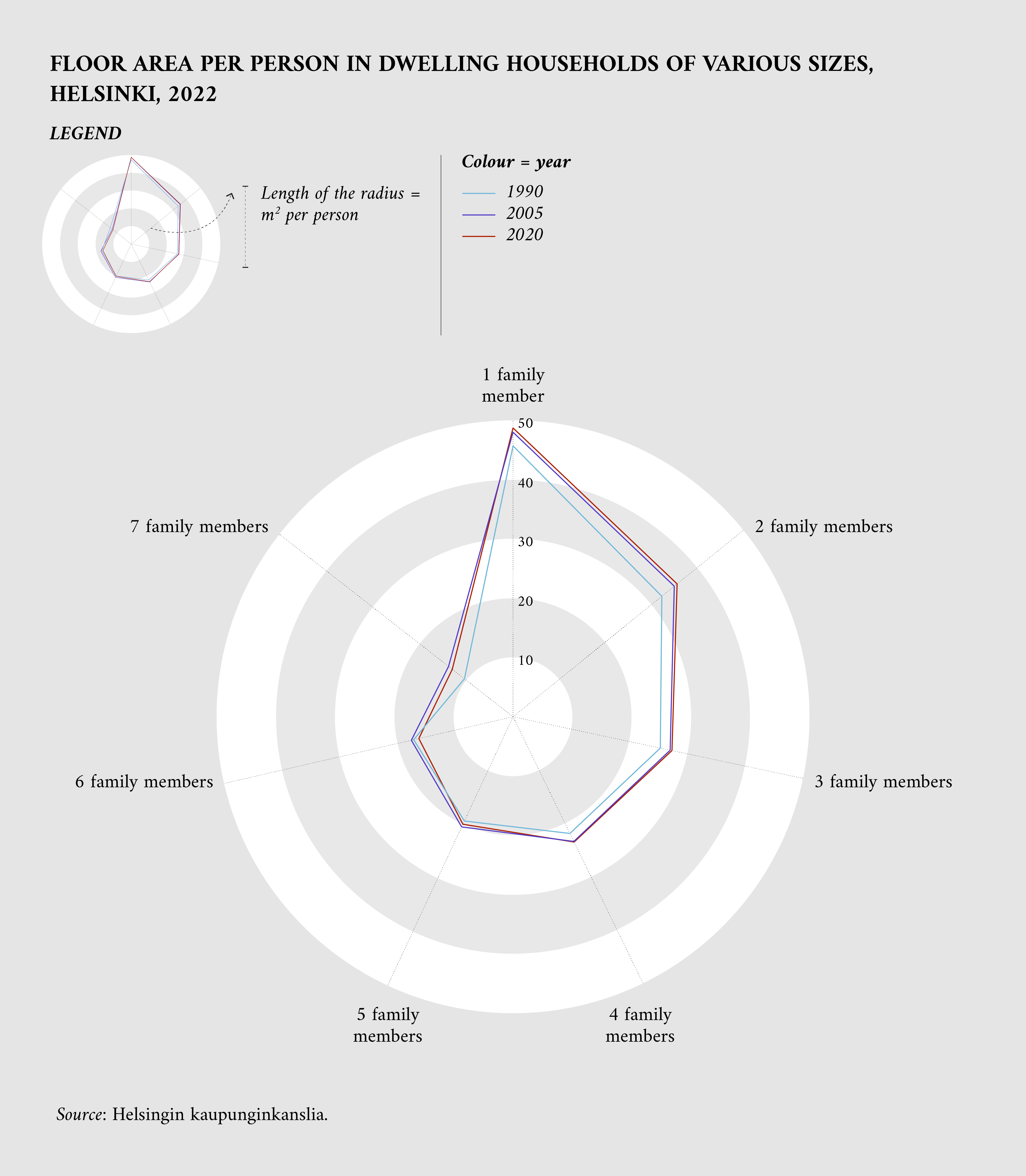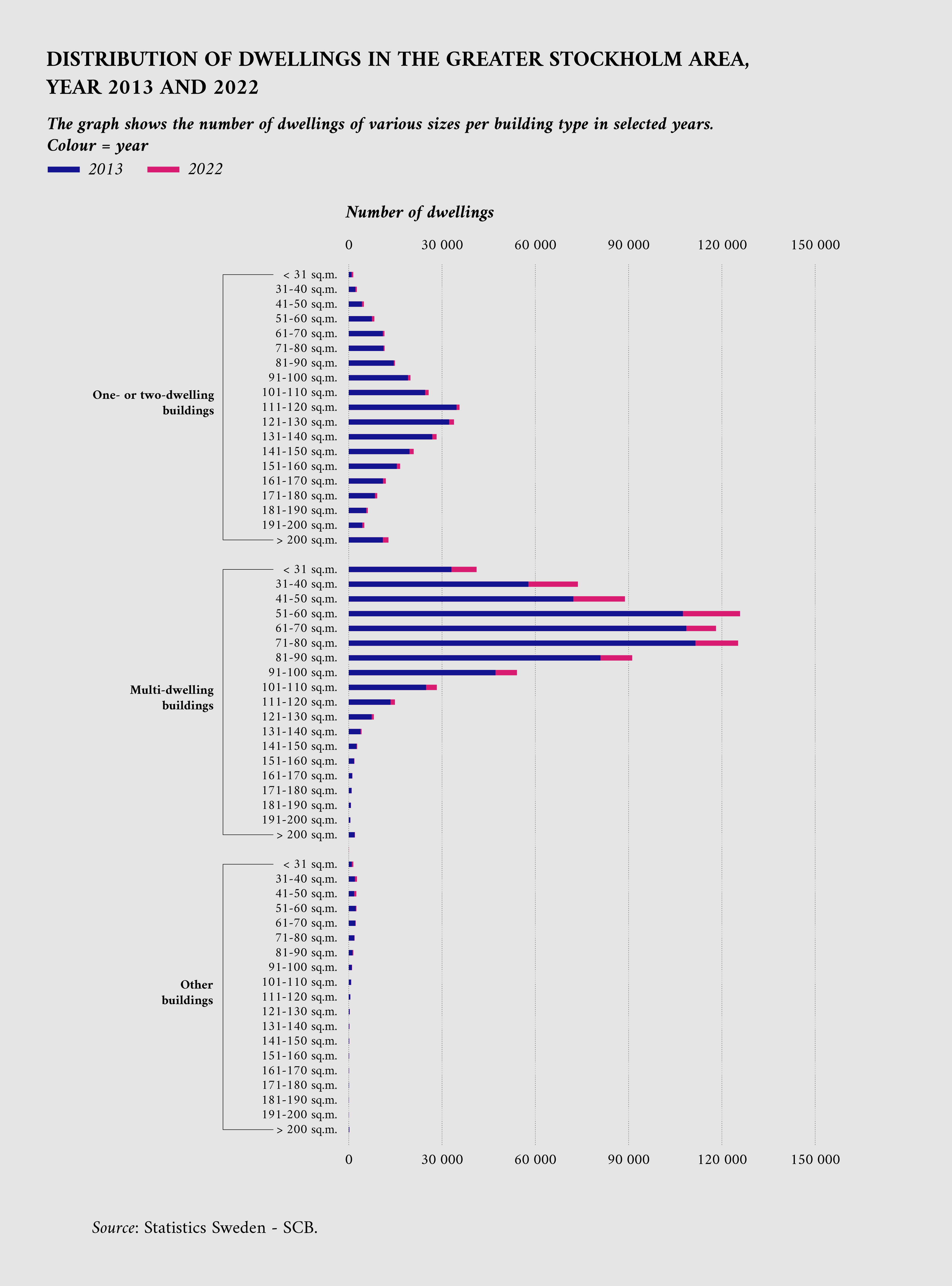High-value datasets – building data in EU Member States
Learn more about buildings in the EU with open data
This is part of a series of articles showcasing examples of high-value datasets from different thematic categories. High-value datasets are defined by EU law based on their potential to provide essential benefits to society, the environment and the economy. This series aims to help readers find reliable and accurate information from official sources relating to the availability of various high-value datasets, and to present this information through data visualisation. You can check out the article providing an overview of high-value datasets here.
Only datasets specifically defined by law can be considered high-value datasets, and as such the data presented in the articles does not necessarily fall under that definition. Instead, the data has been chosen to be thematically adjacent to high-value datasets and to showcase what can be done with information made available by official EU bodies and EU Member States. The official list of high-value datasets adopted on 12 December 2022 can be found in the legal documents that define them and their characteristics.
Building data in the high-value datasets
Geospatial data is one of the categories of high-value datasets, and it includes information within the scope of the ‘Inspire’ data themes such as administrative units, geographical names, addresses and cadastral parcels, as defined in Annex I and Annex III to Directive 2007/2/EC of the European Parliament and of the Council.
Geospatial data also includes information about buildings and their characteristics. This information is available at different levels of detail, ranging from a broad overview to a very detailed view up to a scale of 5 000 to 1. It provides important details about buildings, such as their unique identifiers, their size and shape, the number of floors, and how they are used.

An important source for data about buildings is the Census Hub. The Census Hub is a project of the European Statistical System to provide high-quality, detailed and comparable data on the size and characteristics of the population and the housing stock of Europe, including detailed data on dwellings. For the scope of the project, dwellings were defined as ‘a room or a suite of rooms in a permanent building designed for habitation by a private household’.
Data on dwellings is available from the country level down to the municipality level. It offers a wide range of variables among which are the type of building, type of heating, number of rooms and useful floor space. Different variables are available at different administrative unit levels, from country to region-, province- and city-level data.
A particularly interesting set of information concerns buildings’ period of construction. This data provides valuable insights into the historical development and characteristics of an area’s landscape. Understanding the period of construction helps researchers, urban planners and architects gain a deeper understanding of architectural styles, construction techniques and materials used throughout different eras. Analysing data on the period of construction of buildings allows for the identification of trends, patterns and changes in housing stock over time, facilitating the assessment of urban growth, demographics and societal transformations. This information is essential for preservation efforts, urban revitalisation projects and effective city planning, enabling stakeholders to make informed decisions about infrastructure development, restoration and conservation.
The data can be downloaded for countries, regions and provinces, and divides dwellings’ period of construction into nine time groups – from those built before 1919 to the most recent ones built after 2006. The following visualisation presents the dispersion of residences across various time periods, with larger figures denoting a greater number of constructed dwellings. Within this depiction, it is possible to observe the post-World-War-II reconstruction efforts in multiple countries and to distinguish countries where a substantial portion of their urban scenery took shape nearly a century ago.

One of the most detailed datasets about buildings is made available by Copernicus, the European Union's Earth observation programme. The data is a 10-meter-high resolution raster layer containing height information generated for selected cities and urban centres as part of the Urban atlas suite of products. It allows for a street-level view of urban development in major EU cities.
A 10-meter resolution makes it possible to zoom in on neighbourhoods, historical monuments and even single buildings in hundreds of cities. This way the different ways cities developed over time become evident. Some, such as Bucharest, show a ‘flatter’ development with smaller differences in building height across the city. Other cities such as Helsinki and Stockholm, on the other hand, exhibit a significant concentration of high-rise buildings in small parts of their areas.

Building data from data.europa.eu
Looking for dwellings or building data on data.europa.eu yields a very high number of results. For example, the portal offers information about the type of dwellings in Belgium, the building cost of new dwellings in the Netherlands since 1994, and so on.
Another useful case study is from the Finnish open data portal, which made available data on several variables concerning the housing stock in Helsinki. They include the year of construction and type of dwelling, the number of rooms and floor area, but also aggregated information such as the dwelling stock and dwelling density by district and subdistrict.
Within this dataset, an interesting metric worth analysing is the amount of residential space individuals possess. Depicted in the subsequent visualisation is the evolution of square meterage per person in Helsinki since 1990 across varying household sizes. The findings show an overall growth in per capita floor space, with a 12 % increase over the aforementioned period. Notably, households consisting of seven or more members exhibited the most substantial growth, with their per capita floor space expanding from 10.4 to 13 square meters, representing a 25 % surge. The increase, however, is mostly due to the years between 1990 and 2000. Since then, floor space per capita for large families has been declining. In households with six members, for example, the average floor space available per person decreased by around one square metre between 1990 and 2020. On the contrary, smaller households experienced an increase, resulting in individuals having access to more extensive floor areas for their personal use, with singles reaching an average of 49 square meters, up from 46 in 1990.

Similarly, the Swedish open data portal made available another dataset through which it is possible to study the distribution of dwellings in the Greater Stockholm area. It includes information about the type of ownership, period of construction and size of the dwellings from 1989 to 2016.
The Statistics Sweden website also offers other information, such as the number of dwellings by region, type of building and useful floor space from 2013 to 2022. Such a dataset was used to build the following visualisation, which shows an overall increase of the number of dwellings in the Greater Stockholm area. The bulk of the growth was due to small dwellings with a surface area of 30 square metres or less, which increased by 62 % in one- or two-dwelling buildings, by 25 % in multi-dwelling buildings, and by 54 % in other type of buildings. At the same time, a significant – albeit smaller – growth was also registered for slightly larger dwellings. In the case of one or two-dwelling buildings, the stock of large houses of more than 190 square metres also notably increased by about 15 %, while for other type of buildings the growth was also visible in the central-upper part of the distribution – from 121 to 170 square metres. Most houses in the Greater Stockholm area are built in multi-dwelling buildings, which is the category that experienced the overall larger growth in absolute values.
Statistics Sweden defines the different types of buildings as follows: ‘one- or two-dwelling buildings’ means detached one- and two-dwelling buildings, along with semi-detached, row and linked buildings. ‘Multi-dwelling buildings’ means buildings with three or more apartments including balcony-access housing. Lastly, ‘other buildings’ refers to buildings that are not intended for residential purposes but still contain ordinary dwellings, for example buildings used for business or public activities.

Other official data providers
Eurostat offers several datasets about dwellings and housing as well. Examples include a survey of dwelling sizes by type of dwelling in EU cities, used as a correction coefficient when calculating inflation and the cost of living in different countries.
The ‘Inspire’ geoportal has a specific section dedicated to building data. In it, it is possible to search for information about a Member State or the EU as a whole. For Italy and Germany, in particular, there is a higher number of datasets available ranging from historical villages in the Liguria region to theatres and stages in Trier (Rhineland-Palatinate state).
More aggregated data about dwellings is also provided by the European Environmental Agency, which looks at topics concerning energy consumption and efficiency, among other things. The Joint Research Centre has produced several studies aimed at understanding various topics related to housing, which ranged from energy renovation through energy-efficient and asbestos-free dwellings, to building a stock inventory to assess seismic vulnerability across Europe.
METHODOLOGICAL NOTES
When this story was produced, data on the period of construction from the Census Hub was temporarily unavailable for the following countries: Cyprus, France, Greece, Liechtenstein, Lithuania, the Netherlands and Portugal. Cities to include in the visualisation for Copernicus data were selected among countries not previously covered in the high-value datasets themed series of data stories.
Download the data visualisations presented in this article and the data behind them.
Article by Davide Mancino
Data visualisations by Federica Fragapane
